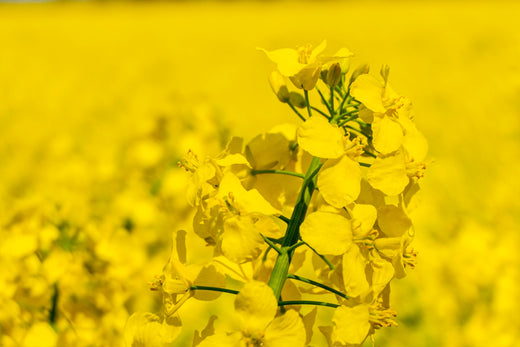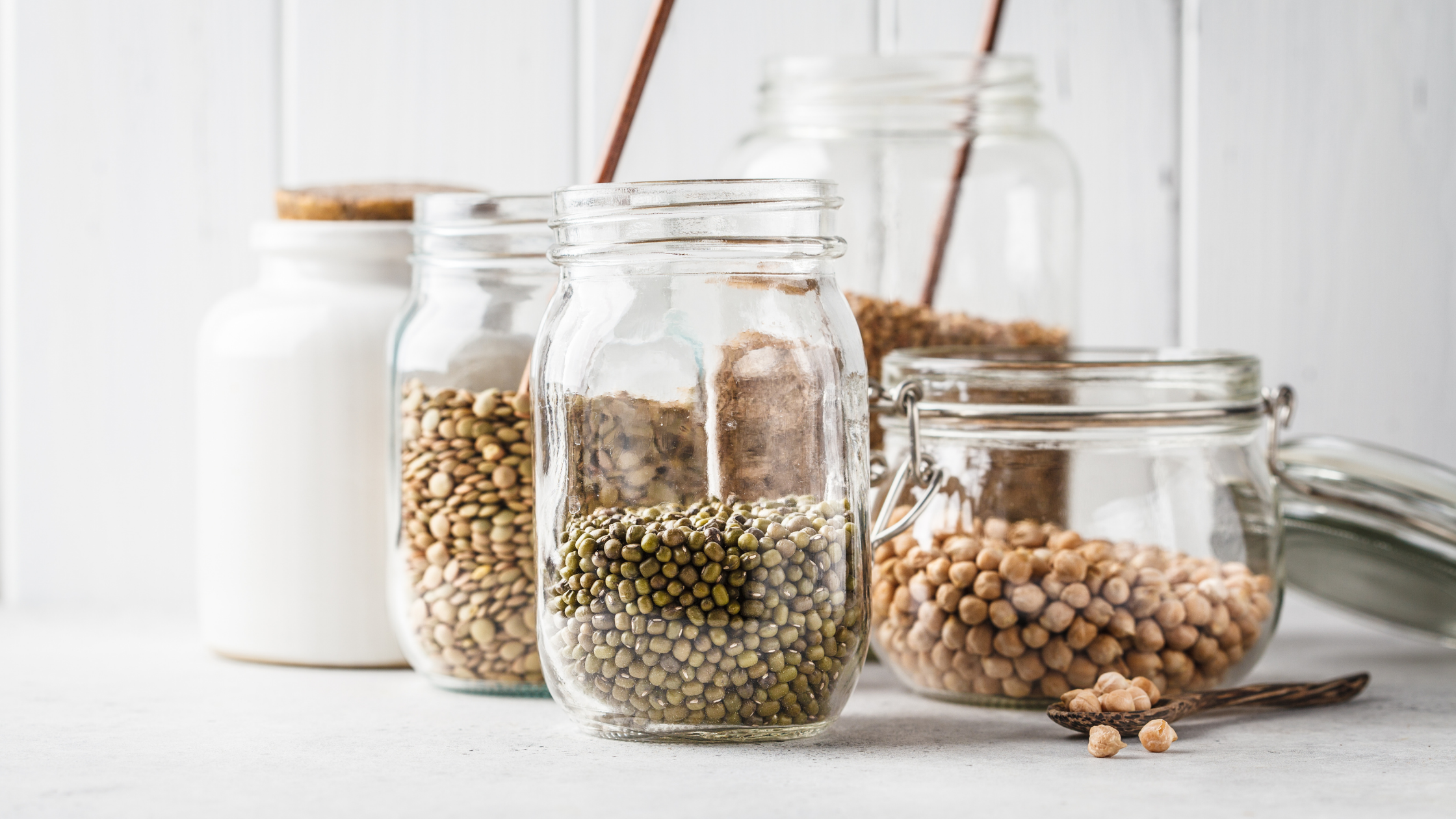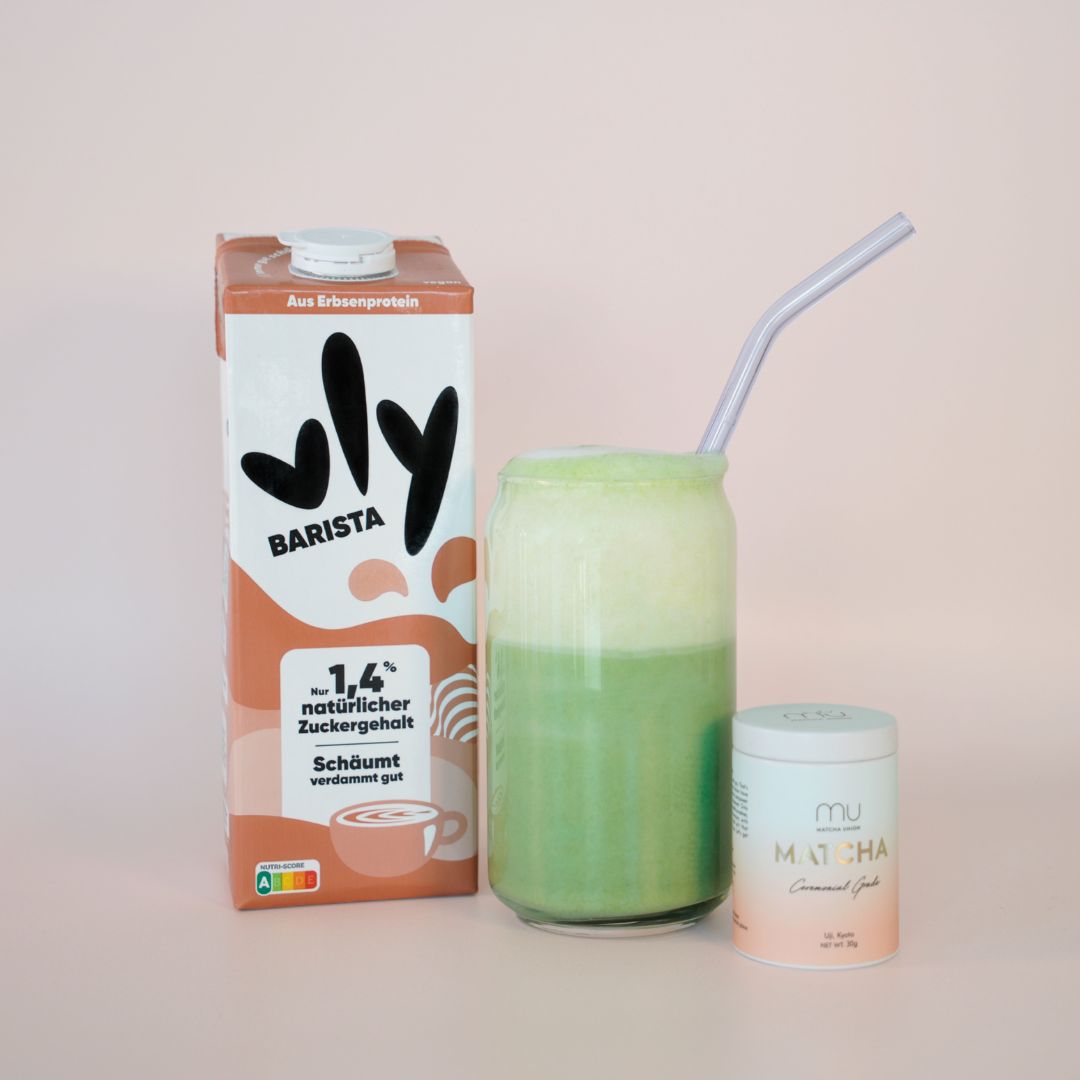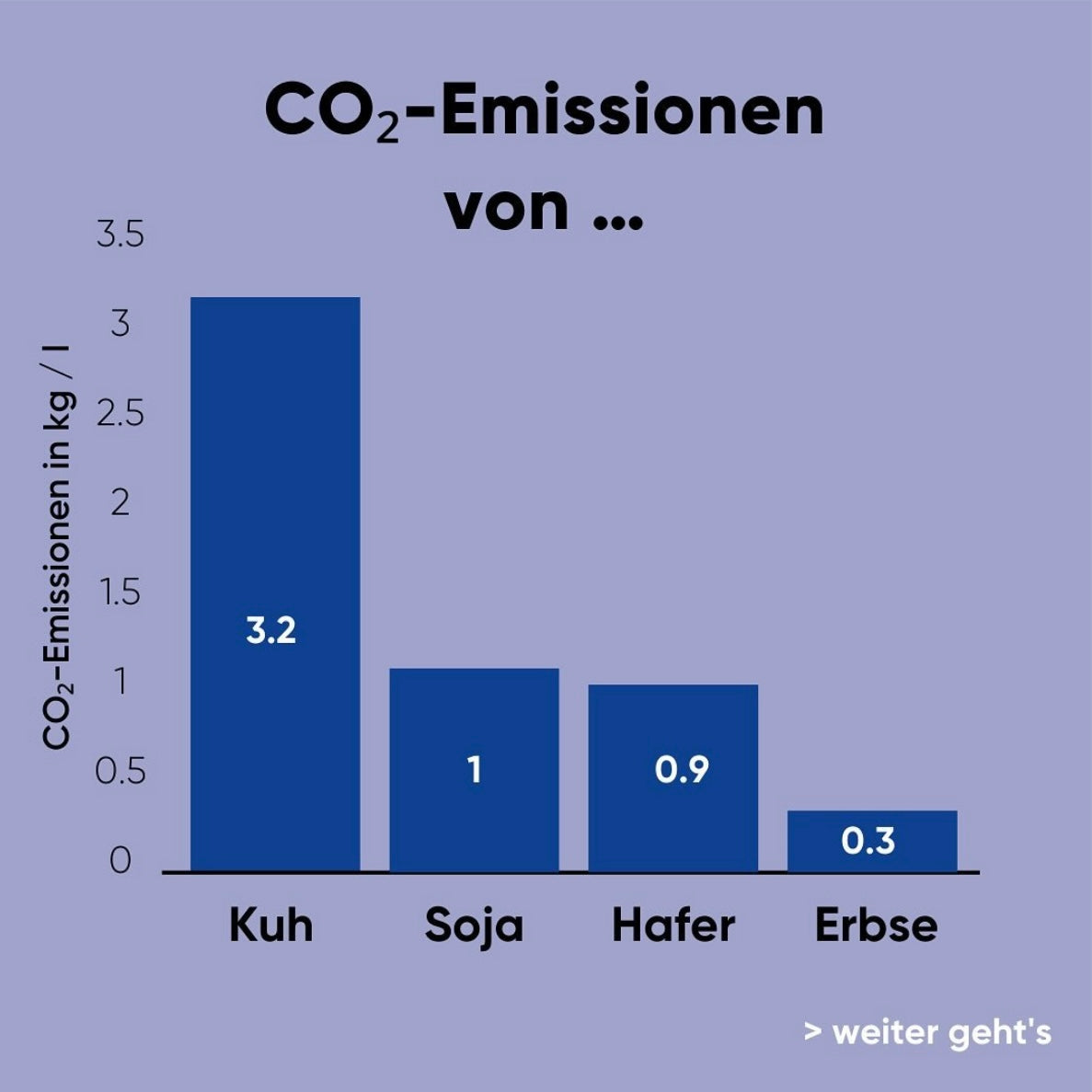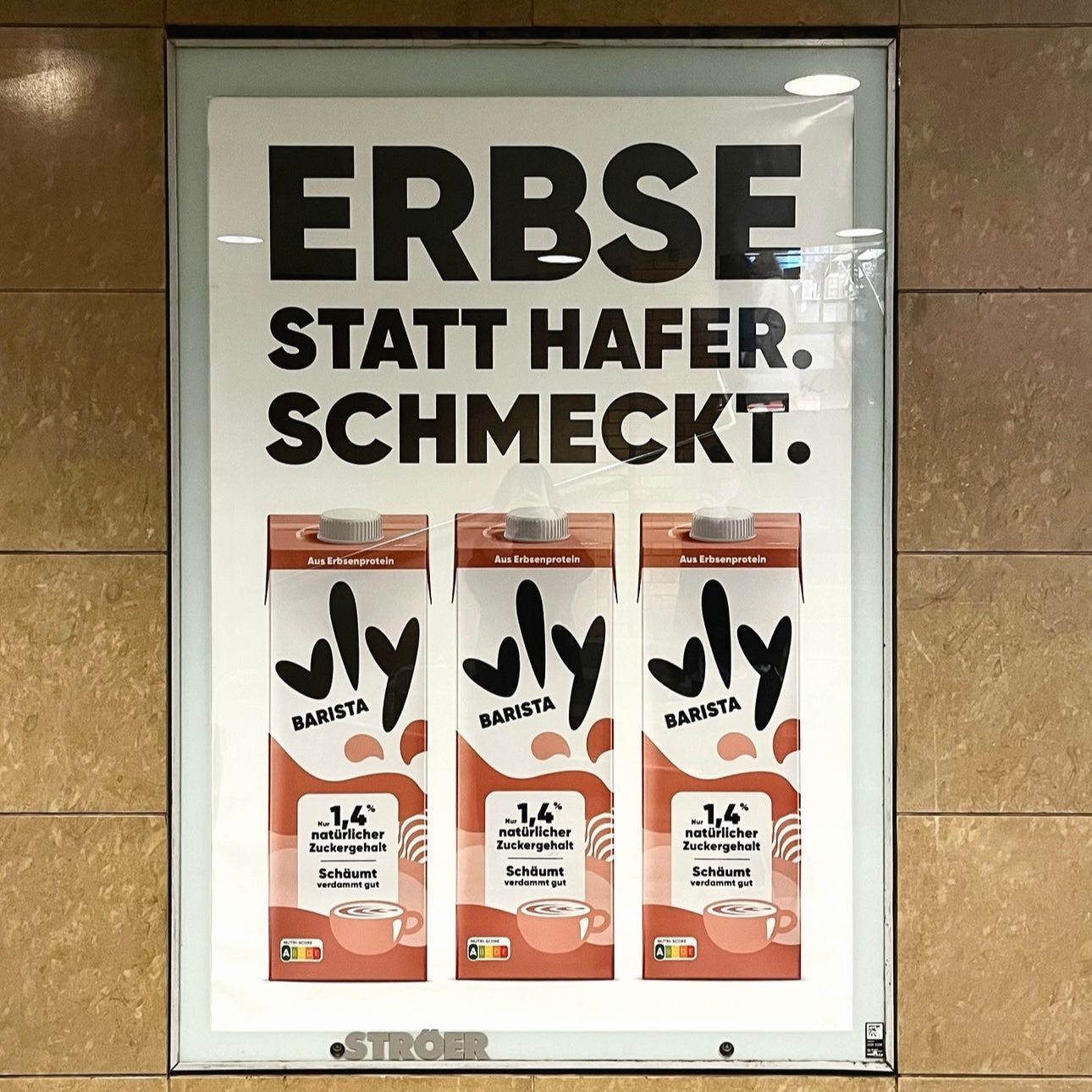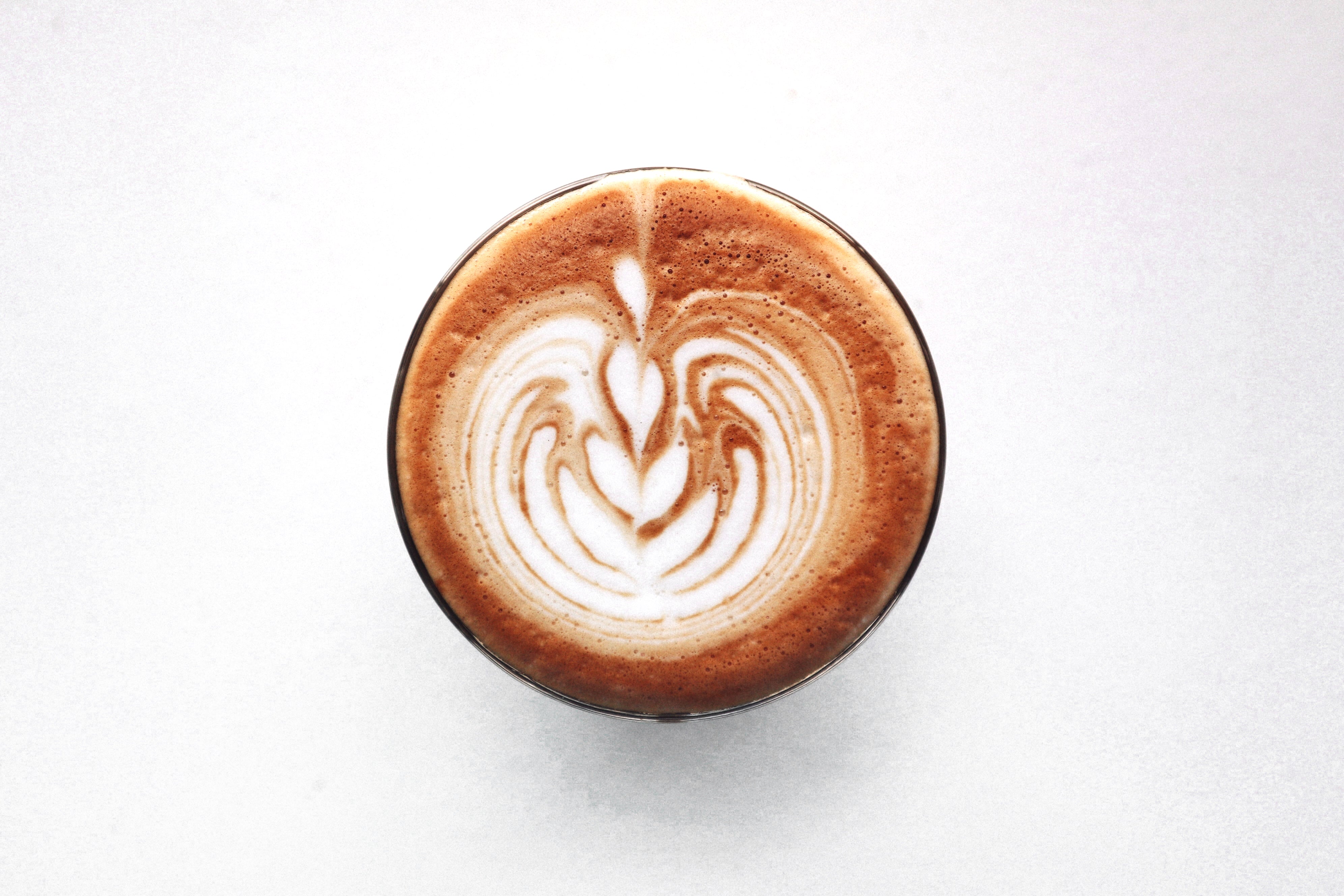
How is the foam in your favorite drink created?
When milk alternatives are foamed, air is added to the liquid. The fine air bubbles cause the volume of the milk alternative to increase and the liquid to become foam. Milk foam is therefore nothing other than the combination of the liquid with air. Foaming could also be described as «aerating».

There are many possible variants to create foam
Air can be added to the milk alternative through agitation (e.g. with a foam wand or a French Press), by injection (typical with steam) or by adding gas to the liquid under pressure (in a spray can).
But what makes the air combine with the milk alternative?
Milk alternatives essentially consist out of five components: water, carbohydrates, fat, proteins and minerals. Especially proteins play an important role in creating foam.
Water and air don't usually mix well - this is where proteins come into play.
The protein particles stabilize the bond between water and air. However, this bond can also dissolve again if the air bubbles become too large and burst or if the milk alternative sinks due to gravity and separates from the air.

Fat plays an important role in this, too. First and foremost, fat ensures a pleasant, round taste. This is one of the key differences between plant-based milk alternatives and cow's milk. While the fat content of plant-based milk alternatives usually consists of a single type of fat, usually rapeseed or sunflower oil, cow's milk contains several hundred different types of fat. These have different melting points, e.g. at room temperature certain fat particles in cow's milk are still solid (crystalline). Only when cow's milk is heated up to 40° it is completely liquid. The solid fat particles in cold cow's milk can destroy the milk foam. The fat content therefore has a major influence on the foamability of cow's milk. High-fat cow's milk only achieves a stable foam from about 40°. Vegetable fats, on the other hand, are more stable - which is why with vly you can create excellent foam even at low temperatures.
Why does vly foam well?
In addition to the stable, unsaturated fatty acids from the rapeseed plant, vly is based on plant-based proteins. Therefore, vly is rich in protein and these proteins, among other things, are responsible for the amazing foam.



